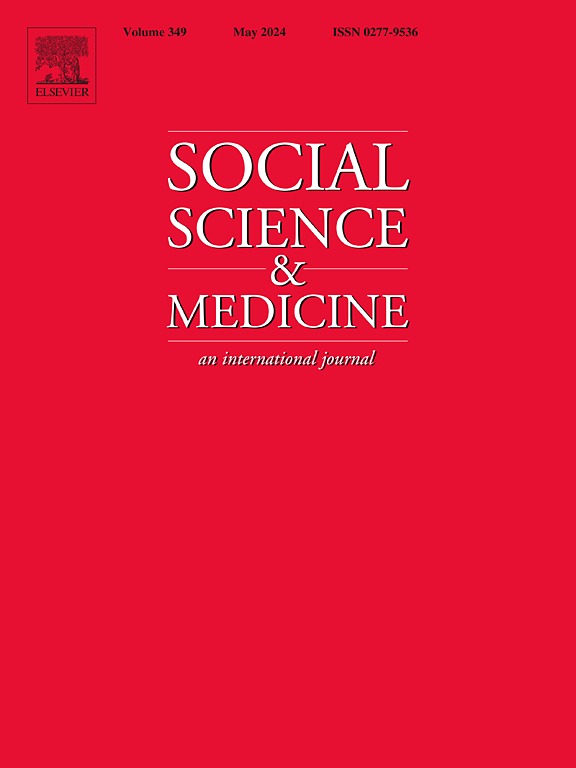Health insurance, race, and receipt of a postpartum visit among patients giving birth in a referral hospital in the US South
IF 4.9
2区 医学
Q1 PUBLIC, ENVIRONMENTAL & OCCUPATIONAL HEALTH
引用次数: 0
Abstract
Background
The United States faces a maternal mortality crisis with stark and unacceptable disparities. Postpartum care (PPC) is crucial for identifying and managing complications after childbirth. However, access to PPC is inconsistent, especially for marginalized individuals such as Black birthing people and Medicaid beneficiaries. We examined the effect of the intersection of race and insurance type on the patients’ receipt of postpartum care (PPC) in a large referral hospital in the Southeast US.
Methods
In this cross-sectional retrospective cohort study, we analyzed data from electronic health records for 14,531 people who gave birth from January 2014 to March 2020 in a labor and delivery unit caring for more than 4000 births per year in the Southern US. Variables included race/ethnicity, insurance status, maternal age, number of living children, mode of delivery, and presence of chronic conditions. We produced descriptive statistics and used multivariable log-binomial models to estimate adjusted risk ratios (RR) for receiving PPC, including interaction terms between race and insurance.
Results
In a retrospective analysis of electronic health records of 14,531 patients who gave birth in a large health system in the US South, 53.0% of patients received a clinic-based PPC visit. Having private insurance, compared to Medicaid insurance, was associated with a higher likelihood of receiving clinic-based PPC but a lower likelihood of visiting the Maternity Evaluation Unit, a special unit for urgent or emergency care.
Conclusion
Type of insurance is associated with receipt of postpartum care. Disparities in PPC are modestly influenced by the interaction between race and insurance type. Private insurance, as compared to Medicaid insurance, increases the likelihood of postpartum care across all racial groups with some differences in this relationship by race/ethnicity. Next steps should include qualitative research that helps us better understand the differences in receipt of PPC by insurance coverage and the interactions between insurance status and race. Implementation research should also test practical strategies to increase access to postpartum care, particularly for Medicaid-insured and other marginalized individuals.
求助全文
约1分钟内获得全文
求助全文
来源期刊

Social Science & Medicine
PUBLIC, ENVIRONMENTAL & OCCUPATIONAL HEALTH-
CiteScore
9.10
自引率
5.60%
发文量
762
审稿时长
38 days
期刊介绍:
Social Science & Medicine provides an international and interdisciplinary forum for the dissemination of social science research on health. We publish original research articles (both empirical and theoretical), reviews, position papers and commentaries on health issues, to inform current research, policy and practice in all areas of common interest to social scientists, health practitioners, and policy makers. The journal publishes material relevant to any aspect of health from a wide range of social science disciplines (anthropology, economics, epidemiology, geography, policy, psychology, and sociology), and material relevant to the social sciences from any of the professions concerned with physical and mental health, health care, clinical practice, and health policy and organization. We encourage material which is of general interest to an international readership.
 求助内容:
求助内容: 应助结果提醒方式:
应助结果提醒方式:


